When making wine, there are many factors to take into account that will directly affect the quality and character of the final product. There are factors specific to each type of wine that give it its own personality, such as the type or types of grape used in its production; the region where these grapes are grown and all the climatic and soil characteristics that this entails; or the specific production and maturation procedures used by each winery: ageing times, types of barrels, control of the atmosphere during bottling, etc.
There are many variables to take into account when making wine. This is why, with the passing of time, this process has become a meticulous and sophisticated task. So much so that, nowadays, every effort is made to take care of even the smallest detail, including those that might seem insignificant to the untrained eye. This is the case, for example, of the choice of the stopper for wine bottles. In the following we will see the influence that the stopper has on the development and final quality of a wine, what types of stoppers are currently available on the market and what are the advantages and disadvantages of one or the other.
For as long as wine has existed, it has always been necessary to find a method by which to preserve the properties of the product from the negative effects of the passage of time. In ancient times, wine was preserved in amphorae and other ceramic containers and already at that time lids were created for these containers. At first, these lids were made of wood covered with fabrics and skins previously treated with fats and oils. This, as is to be expected, significantly altered the properties of the wine. On the other hand, a completely airtight seal was not achieved.
It was the Greeks who, around the 5th century BC, found a solution to this problem, starting to use cork as a material for the manufacture of all types of closures for containers. Already in the 17th century, with the development and proliferation of the use of glass in the manufacture of bottles, the cork stopper was adopted as a standard measure for the closure of these new containers.
Cork is, since then and up to the present day, the material that has proved to be the most suitable for the correct preservation of wine. Cork's own characteristics make it almost perfect for this purpose:
- It is a lightweight, elastic and compressible material.
- It is virtually impermeable to the transfer of liquids and gases.
- It provides great adhesion to the glass, facilitating a good sealing of the bottle.
- It is an inert material. This prevents it from degrading through organic processes leading to putrefaction. Thanks to this, the wine can be isolated from micro-organisms on the outside of the bottle.
But despite the apparent suitability of the traditional cork stopper as a closure for wine bottles, cork is not totally perfect. This is why, for several decades, research and proposals for alternative closures have been developed. Each type of closure has different characteristics, so it is interesting to know how each of them affects the conservation and maturation process of the wine. Let's see, then, which types of closures are the ones that can be found in most wine bottles on the market.
CORK STOPPERS
-
MADE OF NATURAL CORK
They are made from a single piece of high quality cork with few pores. They provide great adhesion of the side surface of the stopper to the glass of the bottle. This is because the dead cells of the cork act like millions of "micro-suction cups". Even so, the seal is not completely airtight. According to a study carried out by the Faculty of Oenology of the University of Bordeaux in collaboration with the R&D department of Amorim & Irmãos, S.A. (one of the world's leading manufacturers of cork stoppers), the natural cork stopper allows very small amounts of air to penetrate during the first 12 months of the wine's maturation in the bottle. From that moment on, as long as the bottle of wine is kept in a horizontal position, the contact of the liquid with the cork causes the cork to expand, providing a virtually airtight seal. The presence of these minimum quantities of oxygen inside the bottle seems to be positive for the correct evolution of the wine in the first months, after which the atmosphere inside the bottle becomes more reductive. And this is exactly the reason for the virtues that make the natural cork stopper the best closure currently available . That is to say, to the mixture of minimum permeability during the first year and almost airtightness thereafter.
Extraction of cork from cork oak. Author: Antonio
On the other hand, among the disadvantages of natural cork as a material for the manufacture of stoppers, three should be highlighted:
- The cork requires the bottle to be stored in a horizontal position, to facilitate the contact of the wine with the stopper.
- The extraction of the bark of the cork oak, from which cork is obtained, can only be carried out when the tree is around 30 years old, as before that the bark does not provide quality cork. After the first cork extraction, the tree needs about 9 years to regenerate its bark and be ready for a new extraction.
- TCA. Trichloroanisole or TCA is a volatile compound that can be found in cork stoppers. It originates as a result of the metabolic processes of some fungi that may be present in the cork and is the reason why wine sometimes tastes "corky". Although TCA is completely harmless, the taste of cork is commonly understood as a symptom that the wine is not in good condition. That is why in many establishments it is customary to smell the cork of the bottle before serving the wine: the cork of a wine in good condition (without TCA) should smell of wine, not of cork.
According to European Food Research and TechnologyTCA could affect between 0.1% and 10% of the wine bottles that reach the market worldwide.
-
OF NATURAL COLMATED CORK
This is a stopper made from a lower quality piece of cork. There is a greater presence of pores in the stopper, which is why these holes are filled with cork powder for mainly aesthetic purposes.
As stoppers made with lower quality cork, they are usually used for wines that do not require a very long time in the bottle, for which 100% natural stoppers are used.
-
OF AGGLOMERATED CORK
They are made from the waste from the natural cork stopper manufacturing process . The cork offcuts resulting from this process are crushed and then mixed with glues and pressurised. The result is a much cheaper stopper, but its quality and characteristics are not comparable to those of the natural stopper. For this reason, it is usually used in the bottling of very young wines whose time in bottle will not exceed one year.
Agglomerated cork stopper. Author: David Monniaux
-
TECHNICIANS
They combine an agglomerate core topped by one or more sections of natural cork at each end. They provide a mechanically stable and higher quality closure than the simple agglomerated cork. For this reason, they are usually used in wines that can remain in the bottle for up to 3 years.
-
STOPPERS FOR CAVA AND SPARKLING WINES
Although the type of manufacture may vary, they are characterised by having a conical bottom. This is because they must offer more resistance to the pressure inside the bottle, caused by the carbonic gas content of this type of wine.
-
WITH CAPSULE OR T-CORK
These are natural or colmated cork stoppers with a capsule at the top made from various materials, such as glass, metal, plastic or wood. The main advantage is that they can be reused and closed by the user, making them suitable for closing bottles that are not finished in one go. These are the stoppers found in Port, Sherry or Muscatel bottles or in the bottles of some liqueurs.
-
PROCORK
It is a closure that combines natural cork with 5 membranes developed from synthetic polymers, each with a specific purpose, such as controlling the presence of oxygen or preventing TCA.
According to tests carried out by the brand manufacturer, it appears that this type of closure has been successful in preventing the presence of TCA in the bottles that use it. However, the sample tested is still too small to support a 100% reliability of protection against TCA.
On the other hand, it is more expensive to produce than natural cork stoppers.
SYNTHETIC PLUGS
-
BASED ON SOLID SYNTHETIC POLYMERS
These are closures made from different plastic polymers and silicones. They are cheaper to produce and allow for more eye-catching designs through the use of different colours. They are presented as a solution to TCA, however, they do not guarantee 100% that the compound will not develop.
The disadvantages are that the materials used tend to shrink after 3 years in the bottle, so their use is not recommended for wines with a longer ageing period. Furthermore, its sealing against the entry of air is much less effective than that offered by the natural cork stopper. In addition, its production involves the release of large quantities of CO2, which makes it ecologically unsustainable.
Moreover, their use can lead to the appearance of chemical flavours and aromas in the wine.
Designs of synthetic stoppers. Author: Basilicofresco
-
BASED ON SYNTHETIC POLYMERS WITH CONTROLLED OXIDATION ORIFICE.
Closures similar to the above, except that they incorporate a kind of valve along a longitudinal hole in the closure. The purpose of this valve is to allow a controlled entry of oxygen into the bottle.
They are more expensive to manufacture than the previous type and offer a higher permeability than natural cork stoppers, so they would not be suitable for long periods of bottle ageing.
SCREW CAPS
Plugs made of aluminium or plastic. They are relatively cheap to manufacture and, depending on the model, allow different levels of permeability to the passage of air. They favour the development of fruity aromas in young wines. They are not recommended for periods of time longer than 12 months in the bottle, as they do not allow the wine to age properly. Moreover, as they open more quickly than traditional corks, they have been well accepted in the on-trade in some northern European countries.
GLASS OR GLASS STOPPERS
They are uncommon as closures for wine bottles. They are expensive to produce compared to other types of closures and it is yet to be determined how their use affects the ageing of wines that need several years of development in bottle.
The advantages are that they are recyclable and that their use does not alter the taste and aroma of the wine.
Glass stoppers. Author: BMK
As we have seen, closures for wine bottles can be a key element in the correct development of a wine during the period in which it is bottled until the moment of its consumption. For this reason, the industry in this sector is constantly innovating to offer new options to wineries and consumers.
However, although it would be wrong to judge the quality of a wine by the stopper that closes its bottle, it is true that the quality of the stopper influences the consumer's perception of the quality of the wine. In addition, it should be added that uncorking a bottle is a ritual in itself. for lovers of good wine. Since there really is no design that has proven to improve on the characteristics offered by the natural cork stopper, we can be sure that the cork will remain in a special place in the world of wine for many years to come.






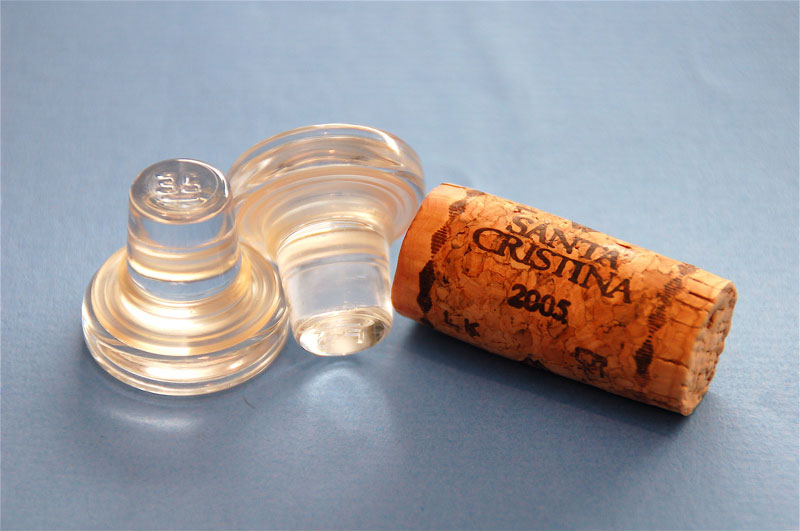
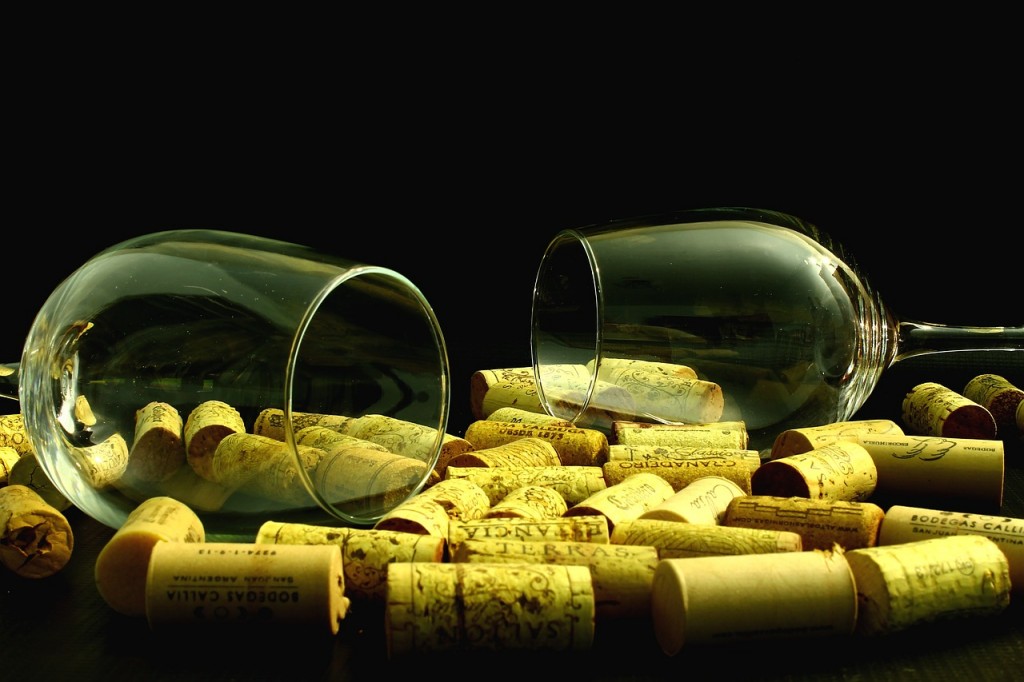
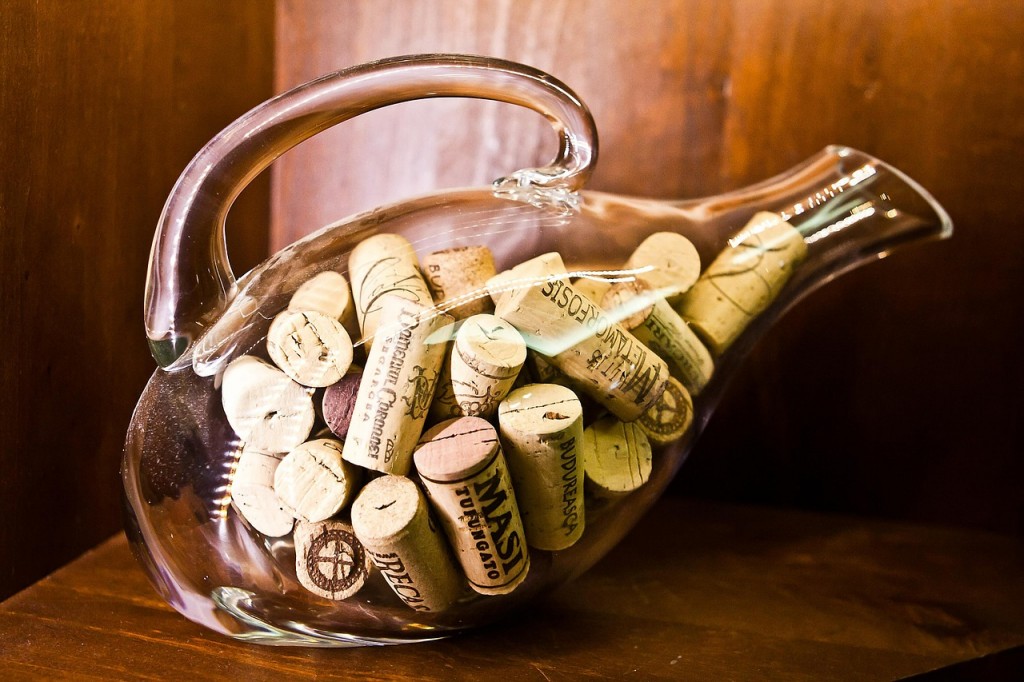
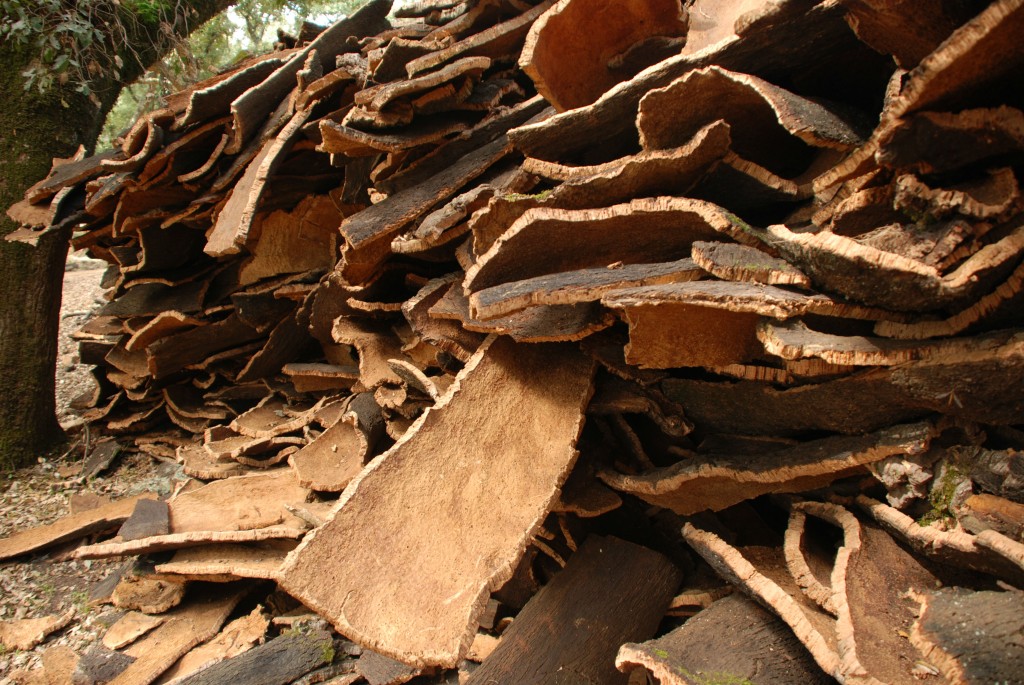
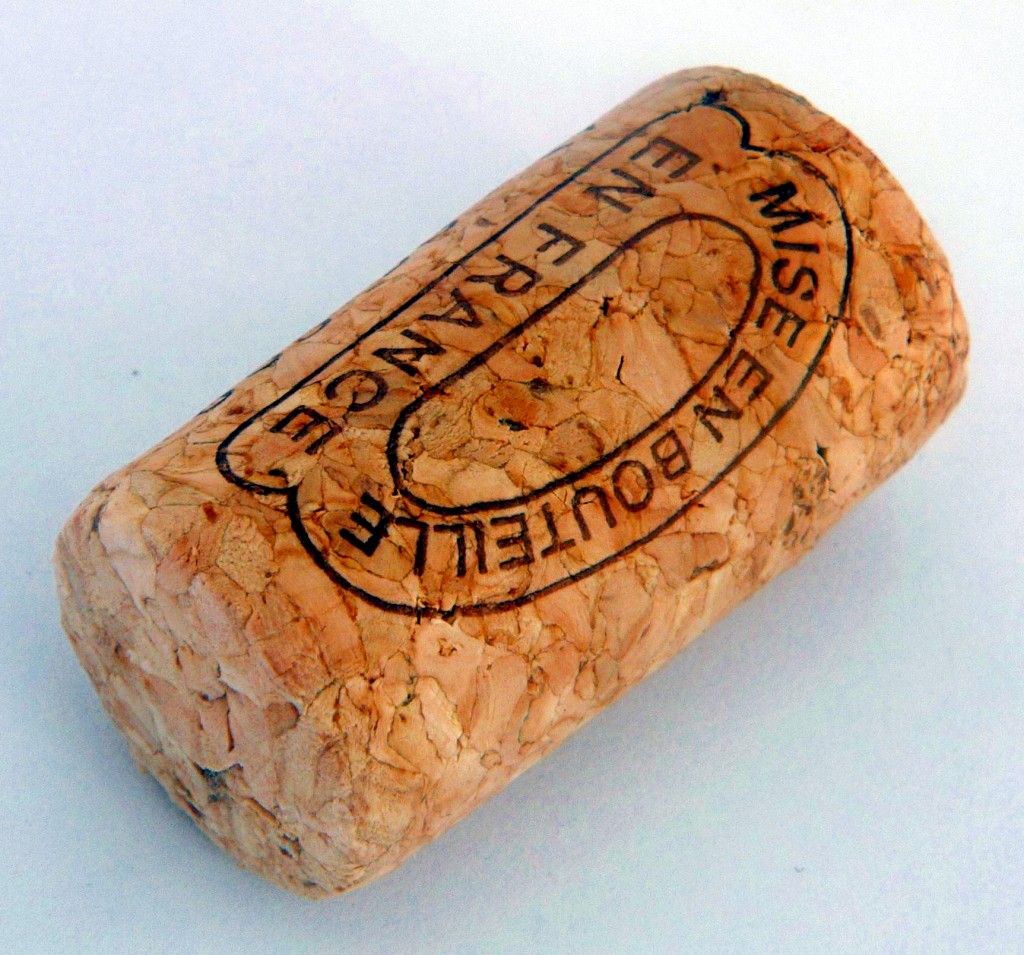
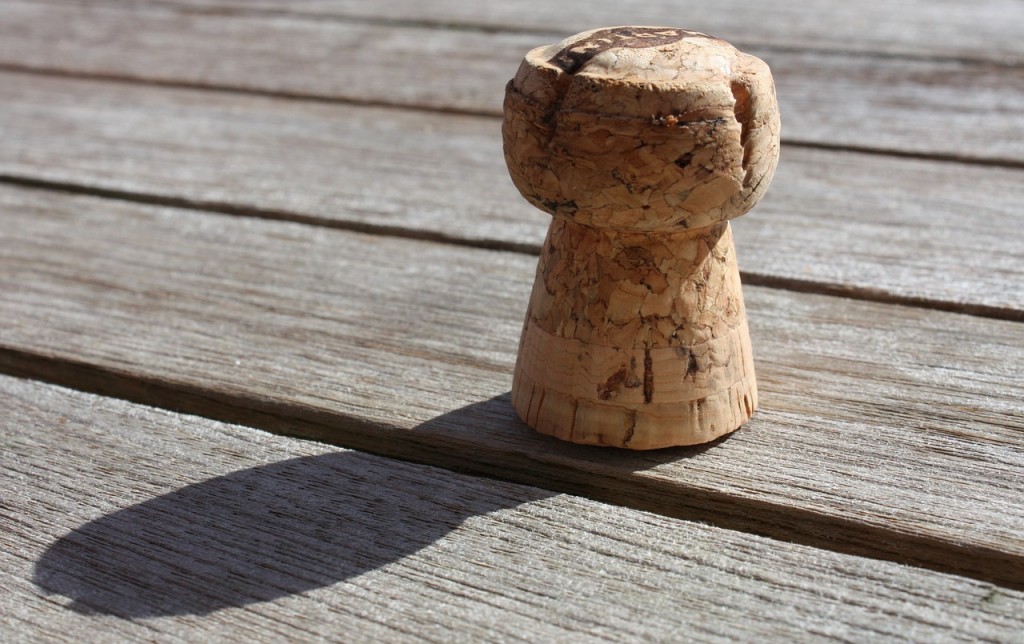
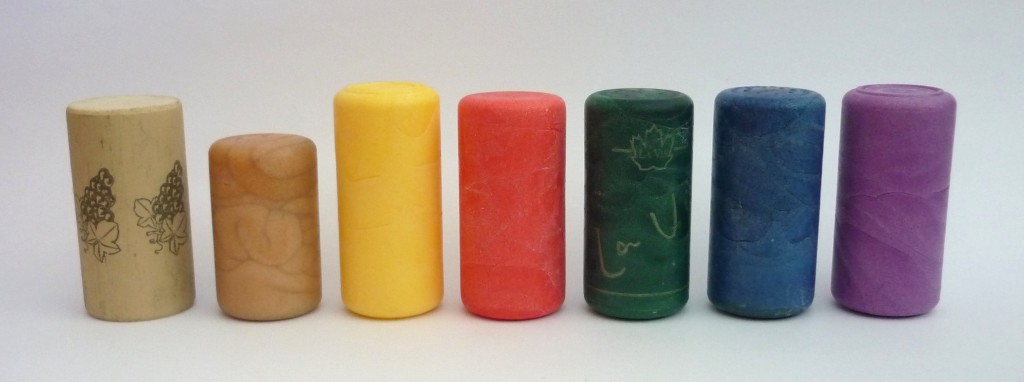



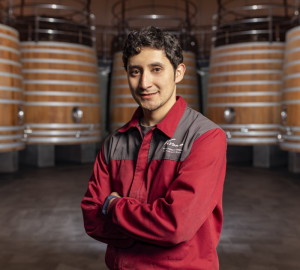







Excellent article.
Thank you.
I loved your post and it didn't taste like much but you know what the saying goes "if it's short it's twice as good". I would like to come back to read you again.
Regards